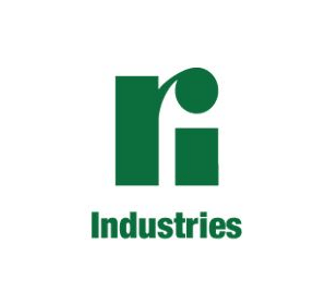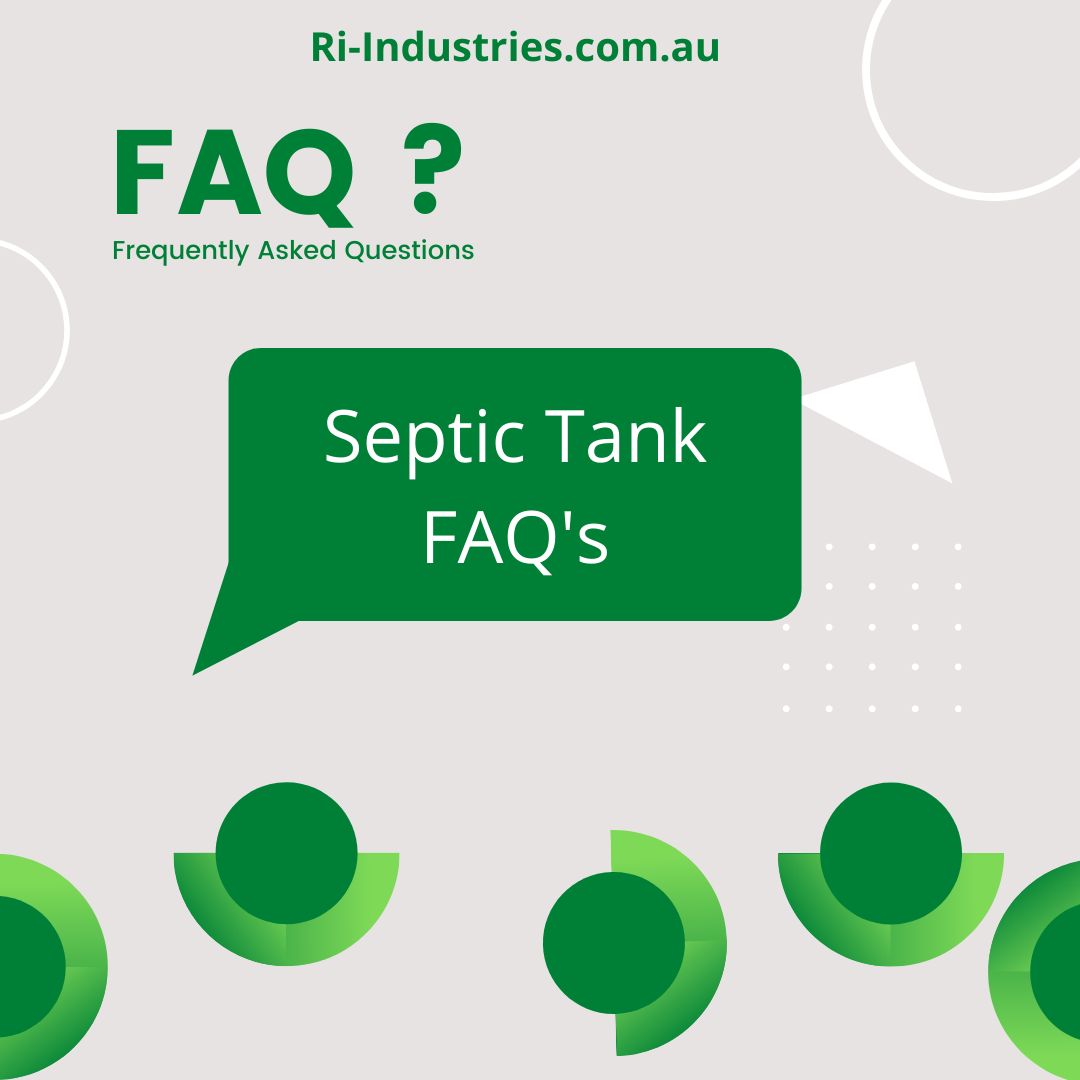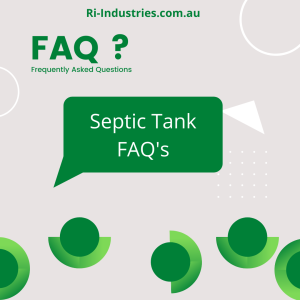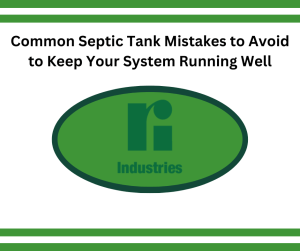Last month we spoke about the benefits of xeriscaping and how to get started in our article ‘Xeriscaping: Benefits and How to Start’. We shared that choosing plants which are native to the region in which you live is the best option for a xeric garden. In this article, we’ll discuss what those plants are.
To provide you with the best information we can, we went straight to the experts at SA Water. The first thing to consider is soil type and local environment:
- Coastal settings tend to have alkaline sandy soils
- Plains regions tend to have alkaline loam over clay
- Hills tends to have acidic sandy loam over clay and higher rainfall
Sawater.com.au offers their top picks for the South Australian region:
Coastal (Species, Common Name, Lifeform) –
- Kunzea pomifera, Muntries, Mat
- Myoporum parvifolium (broadleaf form), Creeping Boobialla, Mat
- Goodenia varia, Sticky Goodenia, Groundcover
- Chrysocephalum apiculatum, Common Yellow Button, Herb
- Lepidosperma gladiatum, Coast Sword-sedge, Sedge
- Thomasia petalocalyx, Paper-flower, Shrub
- Rhagodia parabolica, Fragrant Saltbush, Shrub
- Grevillea ilicifolia, Holly-leaf Grevillea, Shrub
- Eucalyptus minniritchi, Minniritchi Mallee, Small tree
- Allocasuarina verticillata, Drooping She-oak, Tree
Plains (Species, Common Name, Lifeform) –
- Myoporum parvifolium (broadleaf form), Creeping Boobialla, Mat
- Scaevola albida, Fan-Flower, Mat
- Chrysocephalum apiculatum, Common Yellow Button, Herb
- Pycnosorus globosus, Billy-buttons, Herb
- Lomandra multiflora ssp. dura, Iron-grass, Sedge
- Thomasia petalocalyx, Paper-flower, Shrub
- Rhagodia parabolica, Fragrant Saltbrush, Shrub
- Grevillea ilicifolia, Holly-leaf Grevillea, Shrub
- Correa glabra var. turnbullii, Smooth Correa, Shrub
- Eucalyptus minniritchi, Minniritchi Mallee, Small tree
- Allocasuarina verticillata, Drooping She-oak, Tree
- Acacia melanoxylon, Blackwood, Tree
- Myoporum petiolatum, Sticky Boobialla, Shrub
Hills (Species, Common Name, Lifeform) –
- Scaevola albida, Fan-Flower, Mat
- Pultenaea pedunculata, Matted Bush-pea, Mat
- Grevillea lavandulacea ssp. lavandulacea, Heath Grevillea, Groundcover
- Correa decumbens, Spreading Correa, Groundcover
- Chrysocephalum apiculatum, Common Yellow Button, Herb
- Mentha diemenica, Slender mint, Herb
- Lomandra multiflora ssp. dura, Iron-grass, Sedge
- Correa glabra var. turnbullii, Smooth Correa, Shrub
- Myoporum petiolatum, Sticky Boobialla, Shrub
- Allocasuarina verticillata, Drooping She-oak, Tree
- Acacia melanoxylon, Blackwood, Tree
- Callitris rhomboidea, Oyster Bay Pine, Tree
Your local nursery can also assist you in choosing the best plants for your area. We’d love to hear which plants you choose, so please let us know on our Facebook page!








